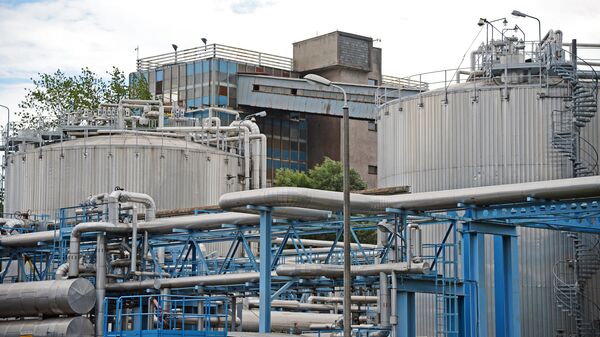Under the previous plan, Russia was expected to produce 70-82 million tonnes of LNG per year by 2035. The LNG production plan until 2024 remains unchanged, standing at 46-65 million tonnes annually. The gas production plan has been upgraded to 860 billion - 1 trillion cubic meters per year by 2035, from the previously planned 850-924 billion cubic meters. Russia's energy strategy assumes that global oil demand may peak earlier than in 2030.
Russia sees prerequisites for the reduction of world oil supply after 2020 and the need for increased investment in offshore projects, which may lead to an increase in prices.
In the medium term, oil prices will be determined by general economic factors (global economic growth rates, the situation in the financial markets, shale oil development in the US), as well as political and social factors (including the COVID-19 pandemic), the document says.
"However, accelerated development of the most cost-efficient reserves and reduction in exploration investments in various regions of the world will provoke a decrease in the supply of oil after 2020. It will require intensive investments in offshore and other expensive projects and could lead to the start of a new cycle of price increases", the document says.
It also states that the demand for petroleum products will be characterized by the growth of consumption in the transport sector, while the demand in the domestic, commercial and electric power sectors will decrease.
The strategy does not rule out further coordinated actions by oil-exporting countries to regulate the market.


